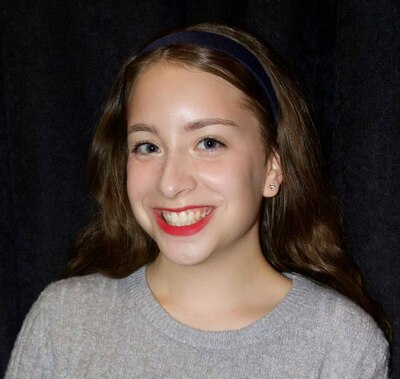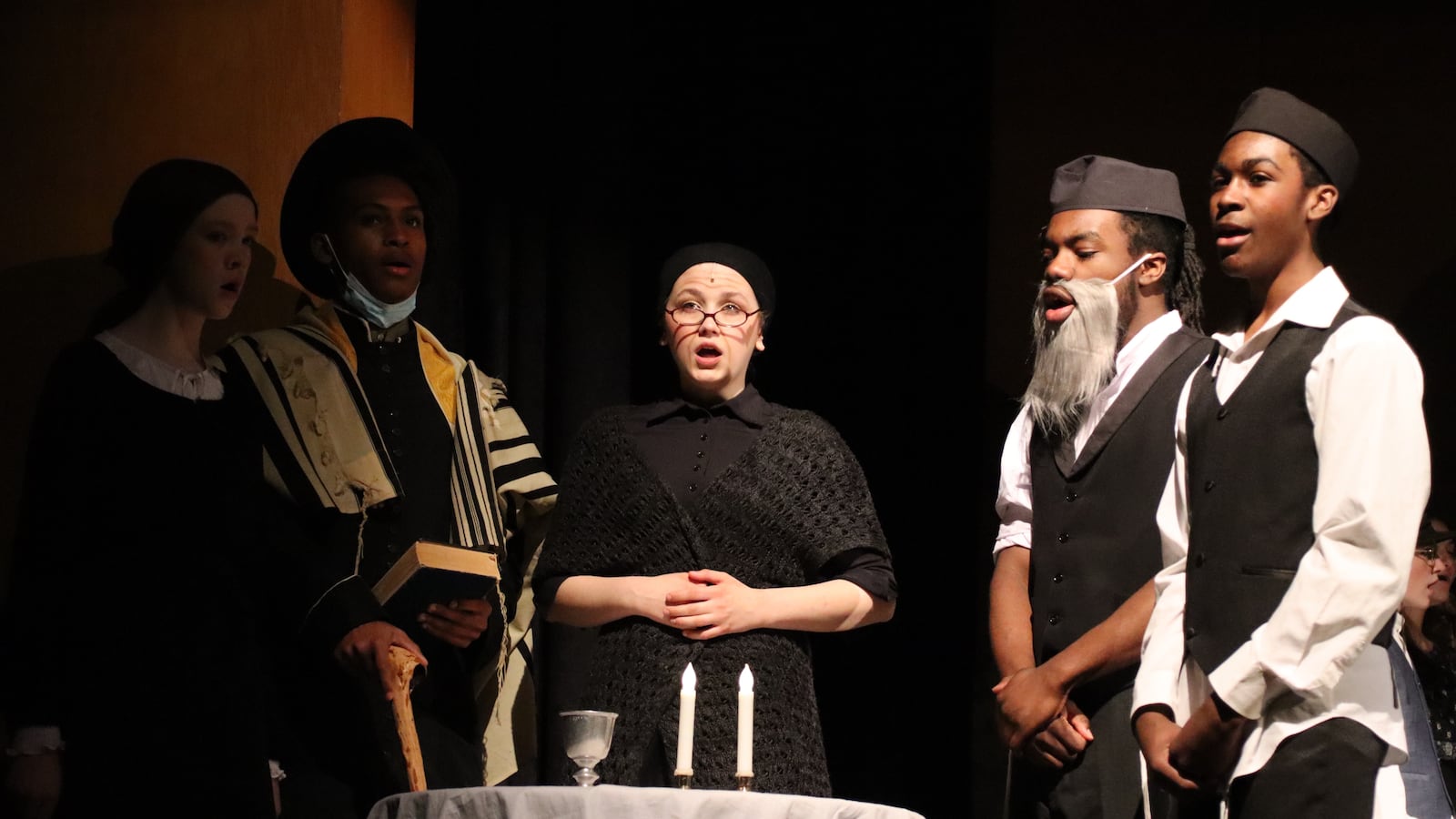When my high school announced its upcoming theater production of “Fiddler on the Roof” back in April 2023, I was thrilled.
The musical, which tells the story of a poor, Eastern European Jewish family in the early 20th century, had always been my dream show. As a student theater director (and also a lighting and graphic designer), I never expected to be part of a “Fiddler” production so early in my career.
I am a sophomore at a public high school where I am one of a few Jewish students. Amid my excitement, one concern weighed heavily on me given the show’s explicitly Jewish subject matter: antisemitism. The thought made me sick to my stomach.

This musical, based on short stories by the Yiddish-language writer Sholem Aleichem, was close to my heart. Seeing it on our school stage, produced by our theater department, was going to be extra special for me. Still, I considered resigning rather than revealing to the cast and crew that I am Jewish. I had kept that part of myself hidden ever since elementary school when I was bullied for my Jewish faith.
I shared my concerns with a trusted teacher and then reached out to my adult co-directors — one of whom, I was surprised to learn, is also Jewish. Having someone who understood the depth of my feelings about the show and the possible reactions to it meant the world to me. After some deep discussion, we felt that planning educational events about the show and its themes would benefit the cast and crew, most of whom are not Jewish.
Then came the news of the events of Oct. 7, 2023, when Hamas attacked Israel, beginning the ongoing Israel-Hamas war. It made me feel even more overwhelmed and terrified. I had new “what ifs” going through my head. Would there be protesters at the performances? How are the kids going to treat the show’s Jewish content now? Was it really the best time to put on this particular production?
My co-directors and I organized several educational events, including anti-bias peer training led by the Anti-Defamation League. Select 10th and 11th graders learned how to combat stereotypes about people and groups. We also hosted a traditional Shabbat celebration, like the “Sabbath Prayer” scene in “Fiddler,” and brought in authentic clothing and ritual items used on the Sabbath.
I was moved and overjoyed to witness my peers’ enthusiasm for learning about the Jewish faith and its rituals. The celebration was evidence of the strong community within our theater department and a reminder of the power of tradition and togetherness.
Additionally, I created a Yiddish pronunciation guide and invited local Jewish leaders — a rabbi, cantor, and rebbitzin (rabbi’s wife) — to speak to the cast and crew. These visits gave students the opportunity to ask questions and engage with the culture they would be depicting. They wanted to know, for example, why many observant Jews cover their head, the significance of the Jewish prayer shawl, or tallit, and what “Fiddler on the Roof” meant to Jewish communal leaders.
By opening night, Feb. 29, 2024, I finally felt comfortable enough to wear my Star of David necklace out in the open. It was the first time I had worn a symbol of my religion outside of an all-Jewish environment and the first time I was fully candid about my faith with the cast and crew.
I had never considered wearing any type of Jewish jewelry in public. But after this experience, I felt a newfound pride and connection to my faith. Now, I always have some type of Star of David on me — a necklace, earrings, bracelet, or watch charm.
Before the premiere, the Jewish co-director and I also said the “Shehecheyanu,” a prayer expressing gratitude for a new or special occasion. The prayer made the moment even more meaningful.
Putting on this show was a significant challenge, but it showed me people’s capacity for learning about different faiths, backgrounds, and cultures. It also revealed how accepting the students in the theater department are.
Despite my initial fears, it turned out to be the perfect time to stage this production because it brought joy and understanding to those who saw it. It was a gift, infused with history and meaning, to the local Jewish community and to the community at large. Following the performances, I also heard from a few other Jewish students who hadn’t been open about their faith either.
Looking back on this school year, I cannot believe how far I have come and how much I have grown. I will always cherish the pride and joy I experienced while embracing a part of myself that had been hidden for too long.
Samantha Alexander is a student director with six years of experience. During the year, Samantha serves as a theater director, lighting designer, and graphic designer in Montgomery County, Pennsylvania. During the summer, she works as a specialist in Wayne County, Pennsylvania, where she continues to sharpen her skills and push the boundaries of what is possible in the world of theater. When she is not directing, she enjoys writing, creating handmade jewelry, and traveling.



